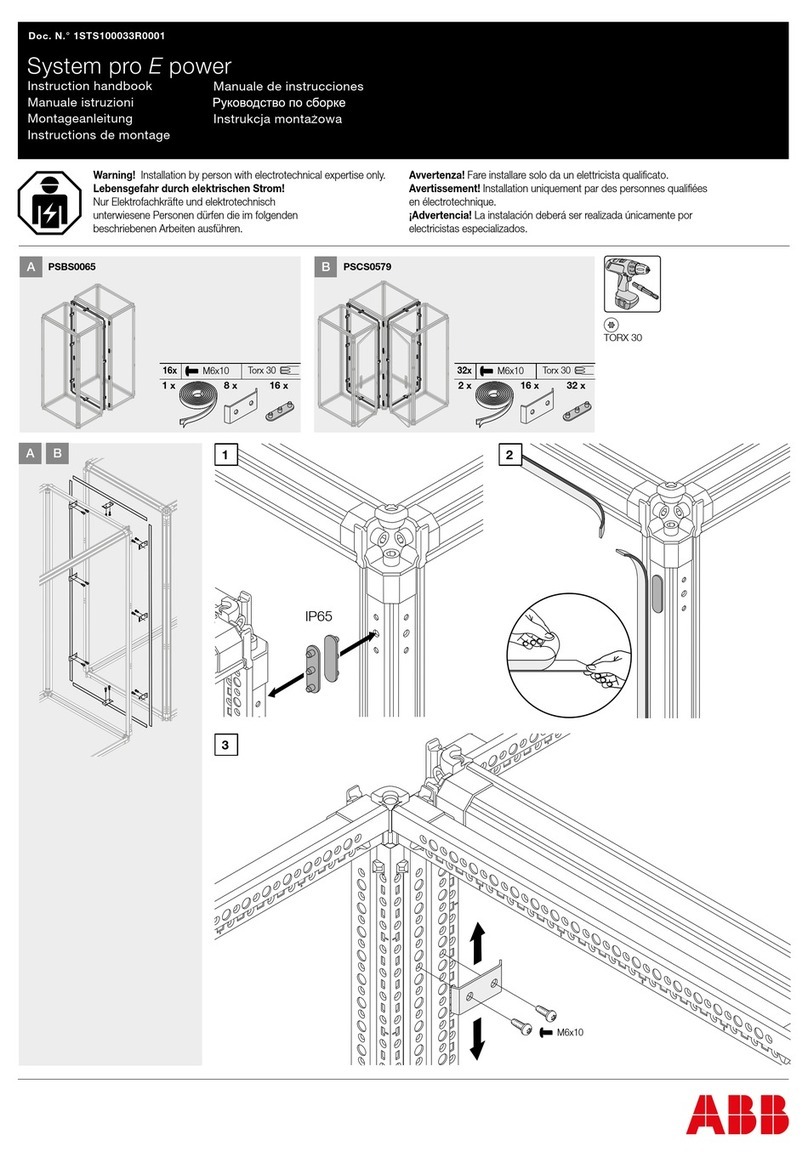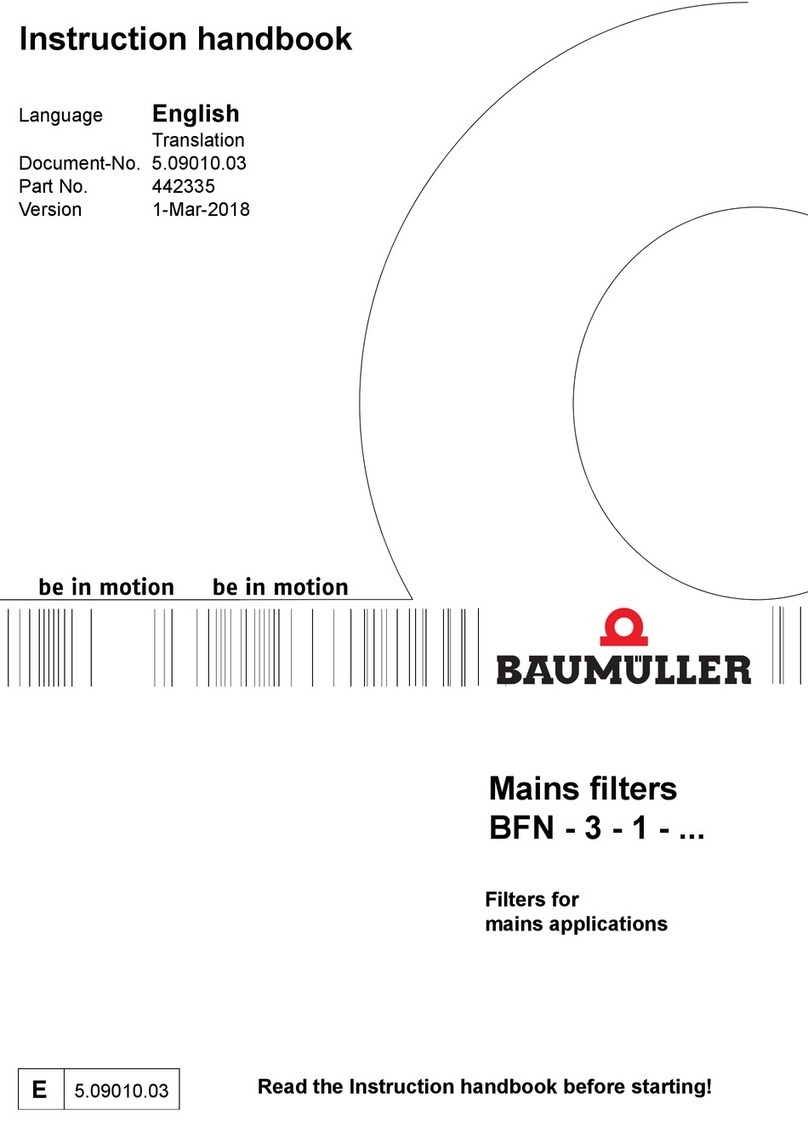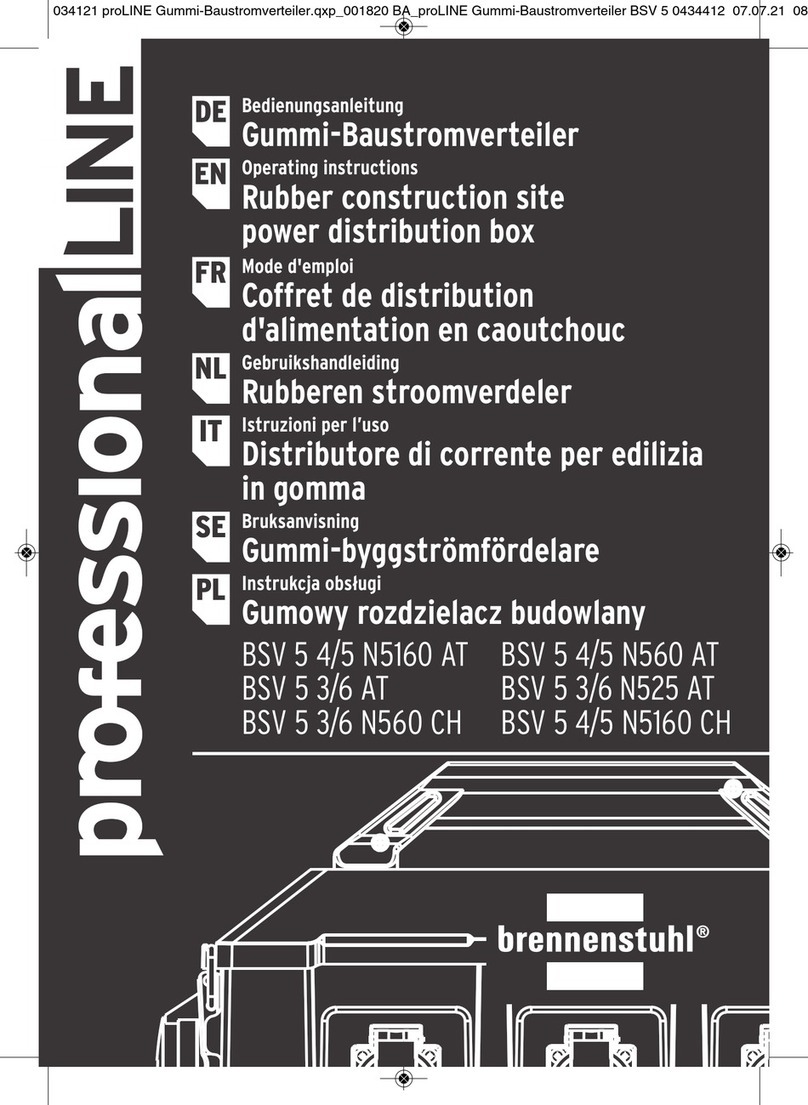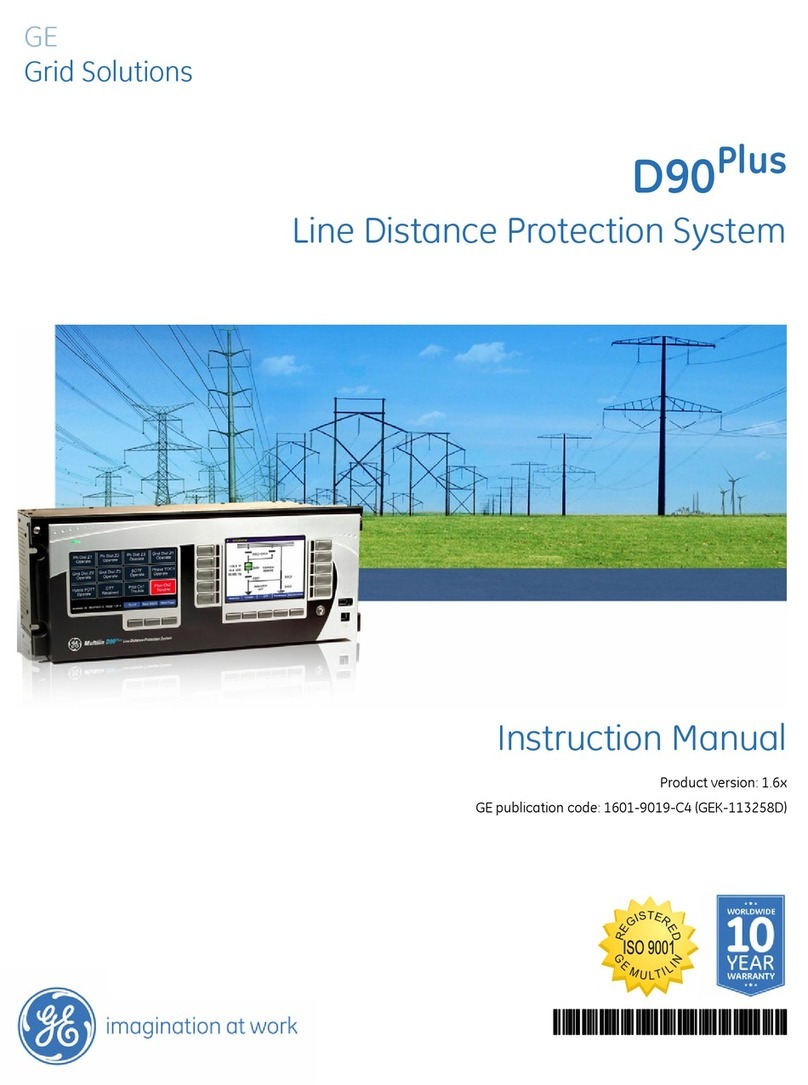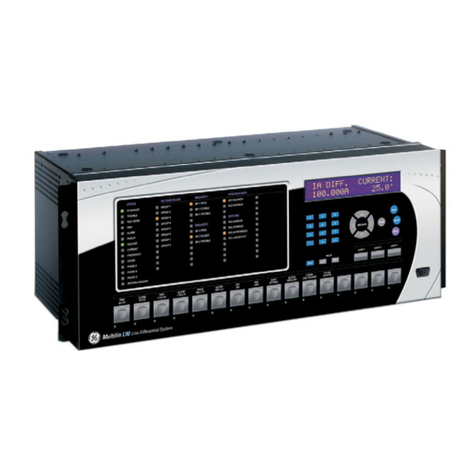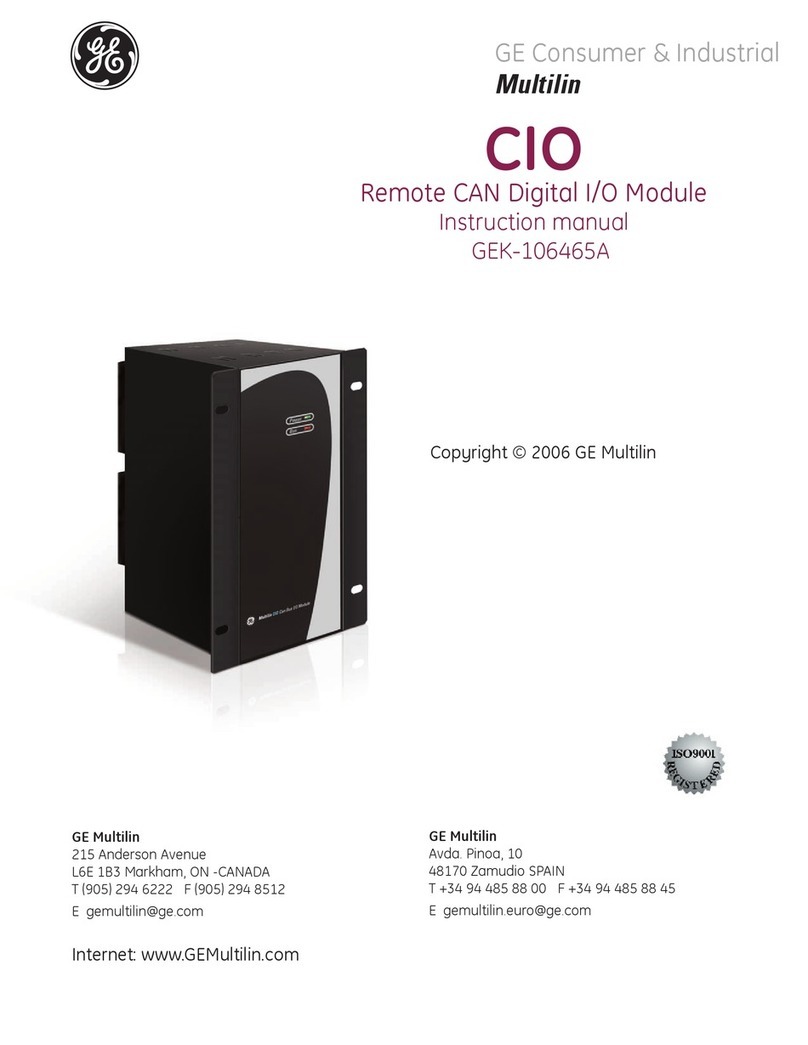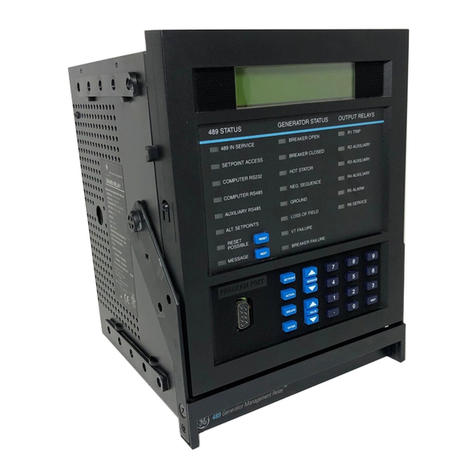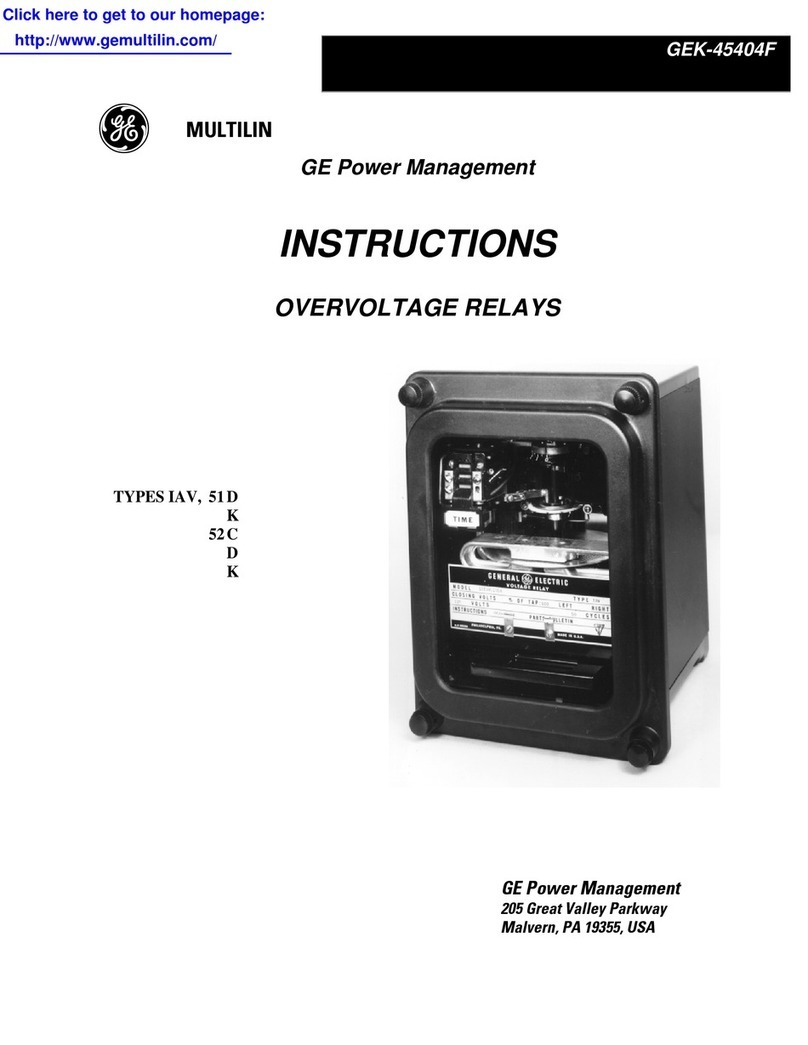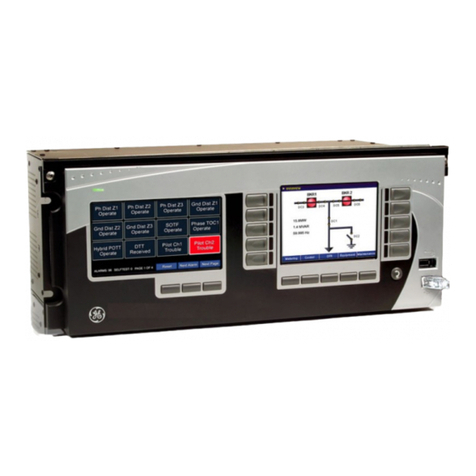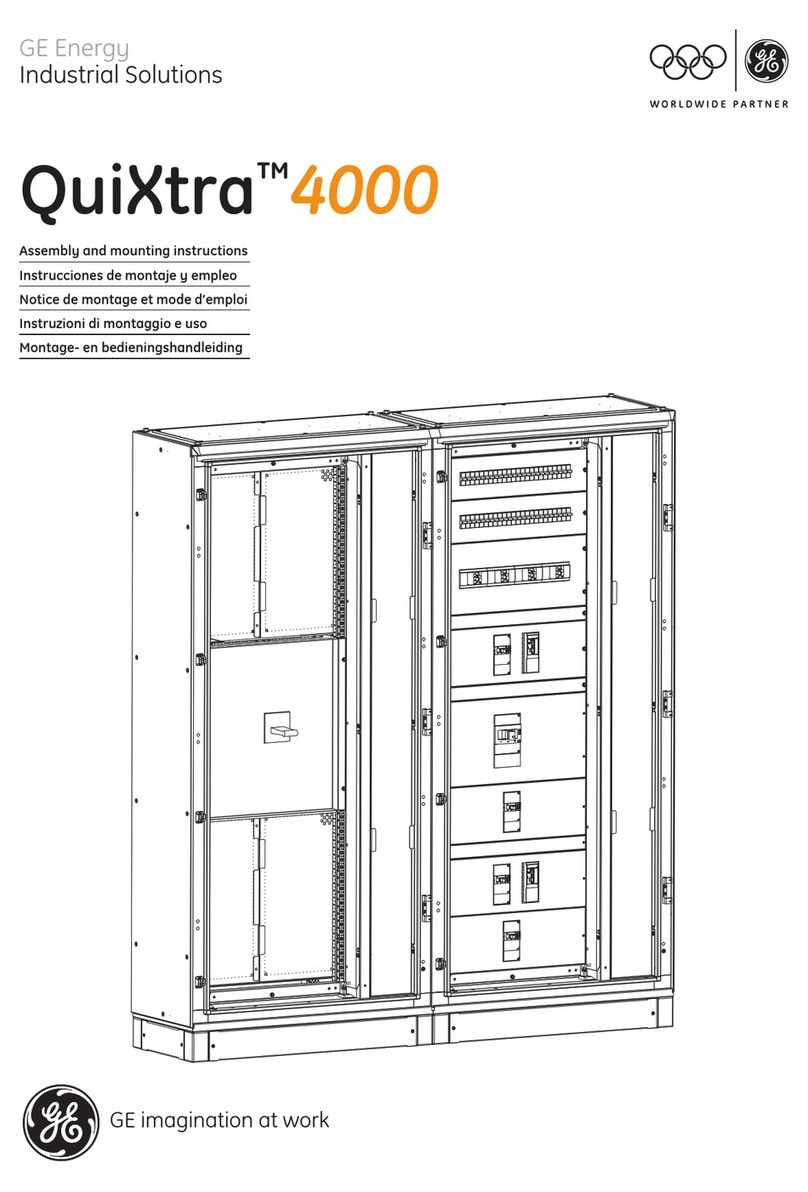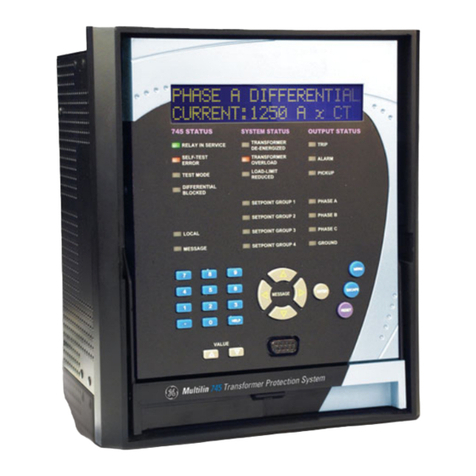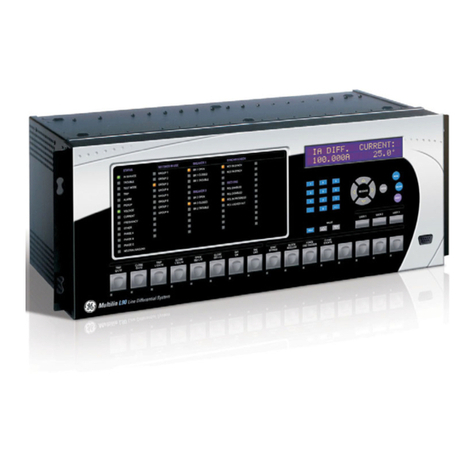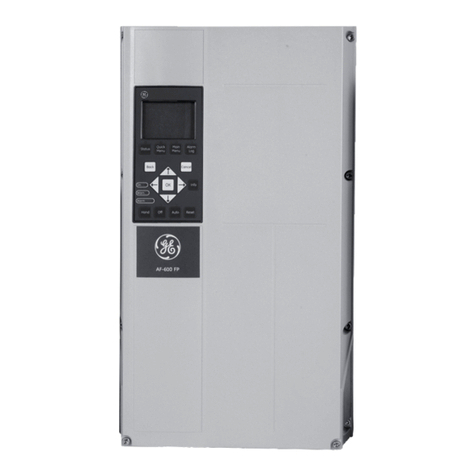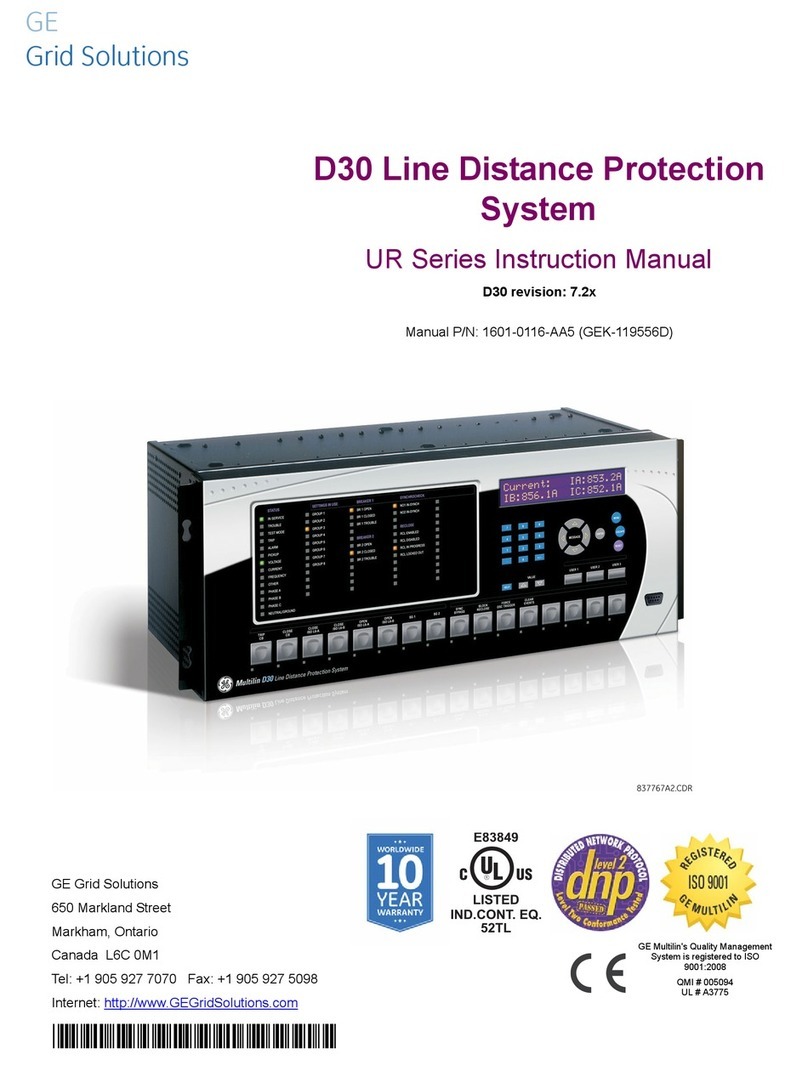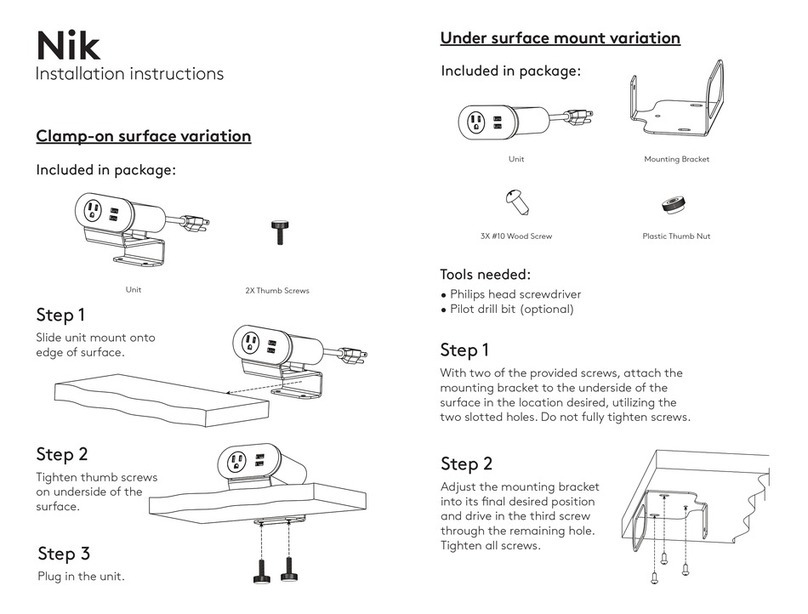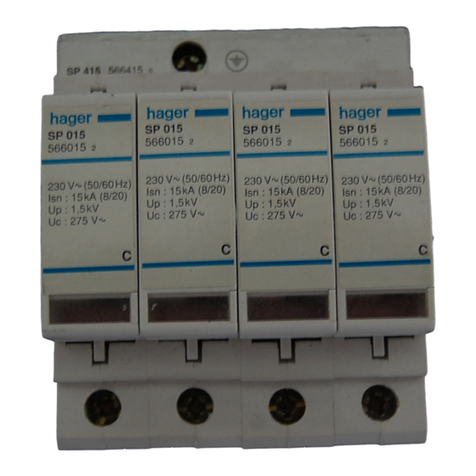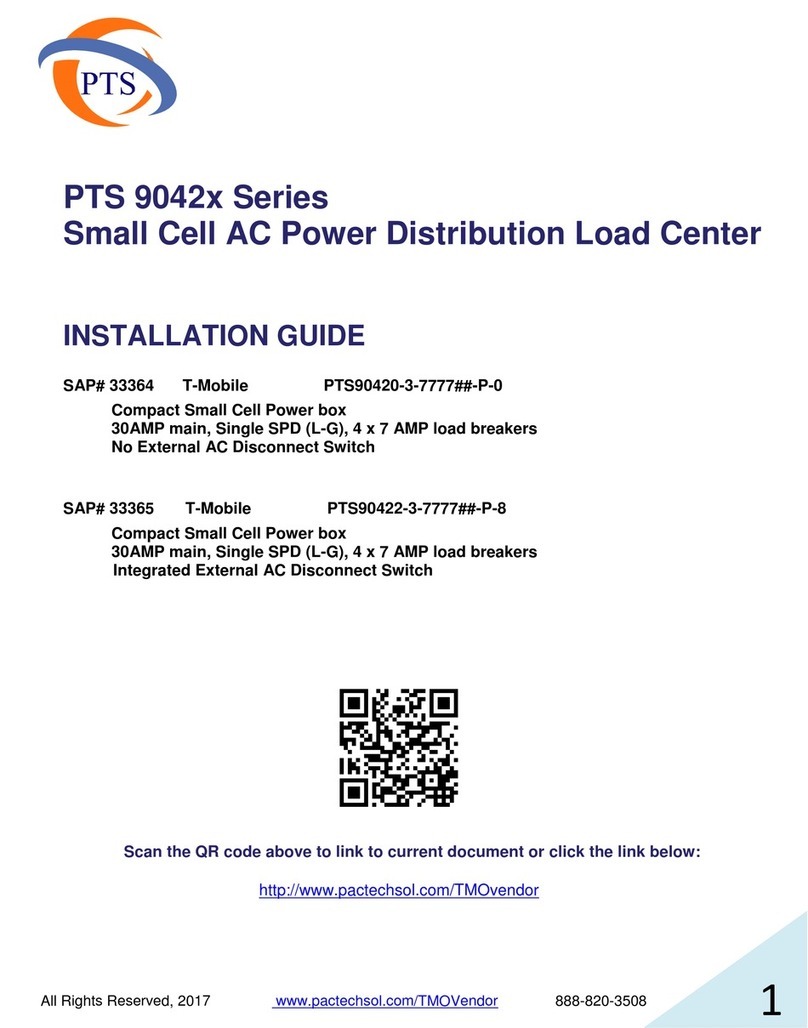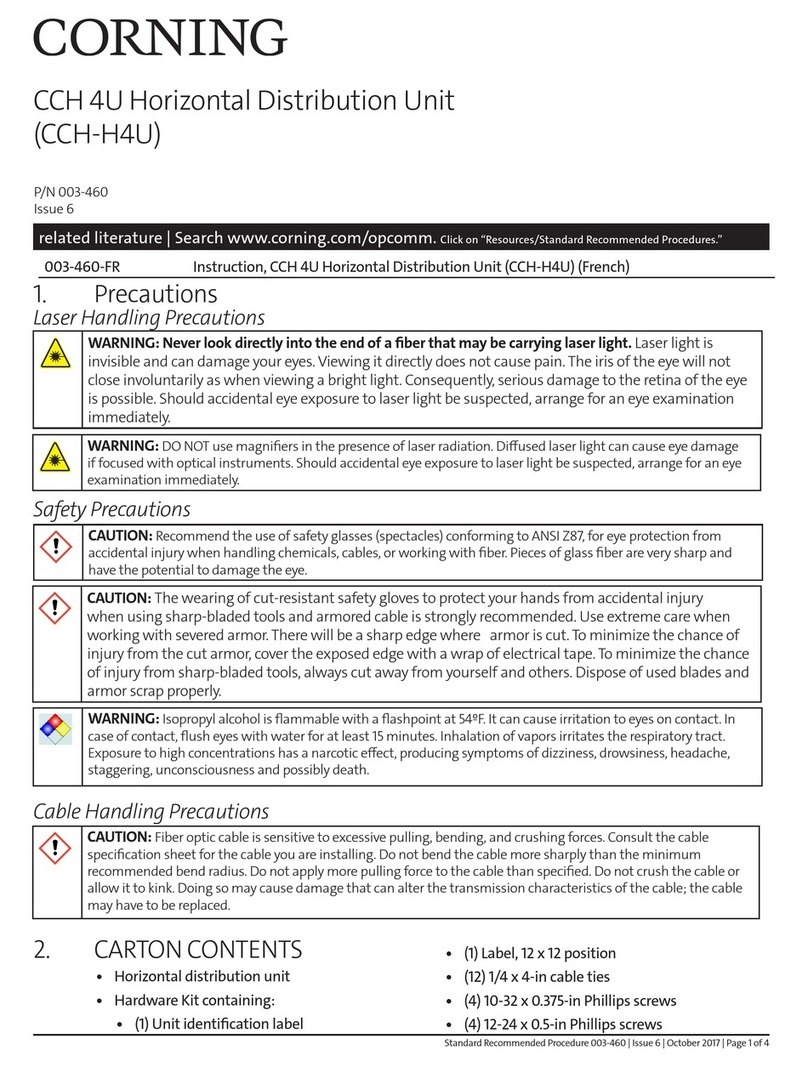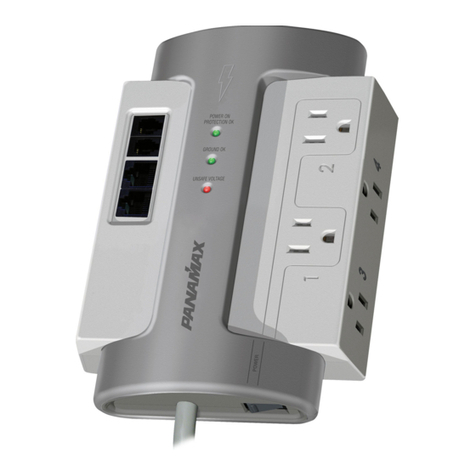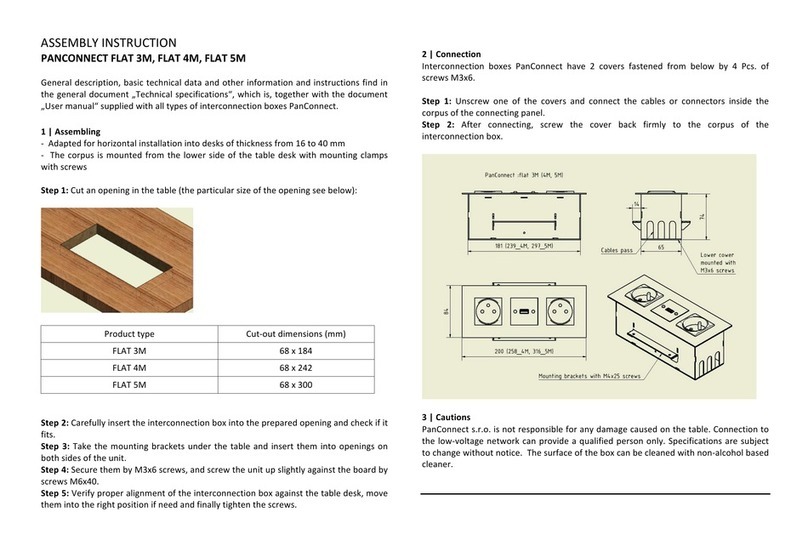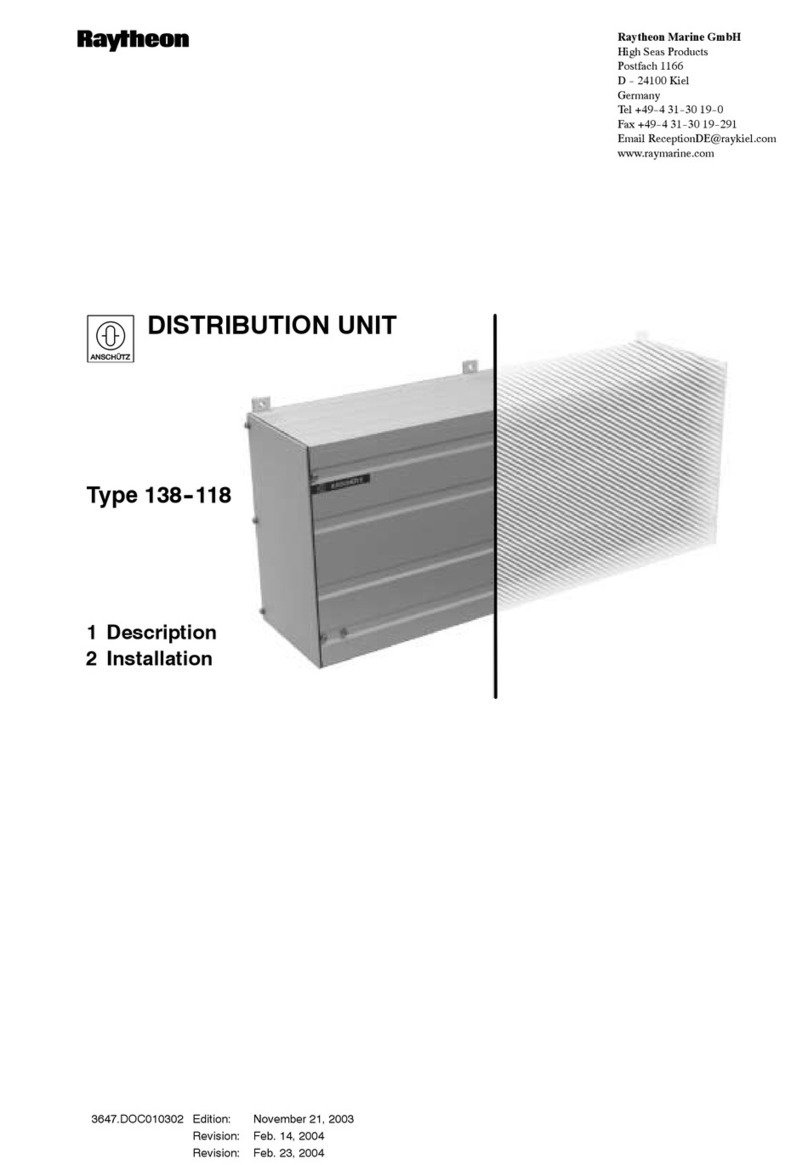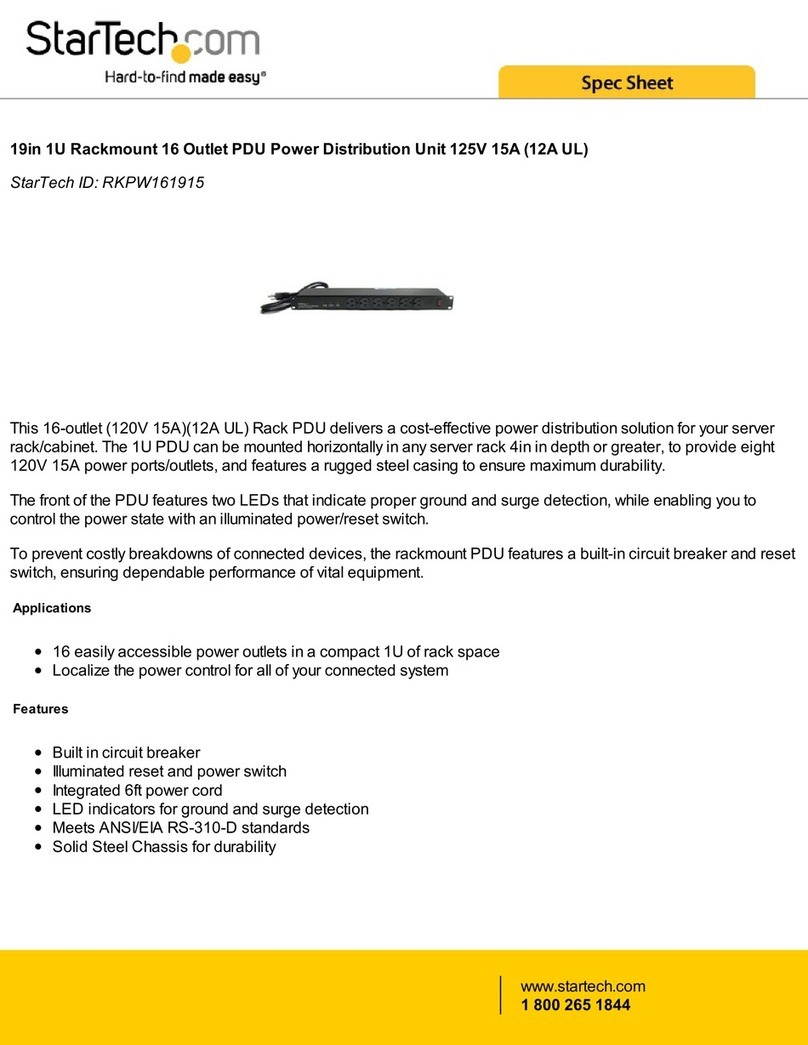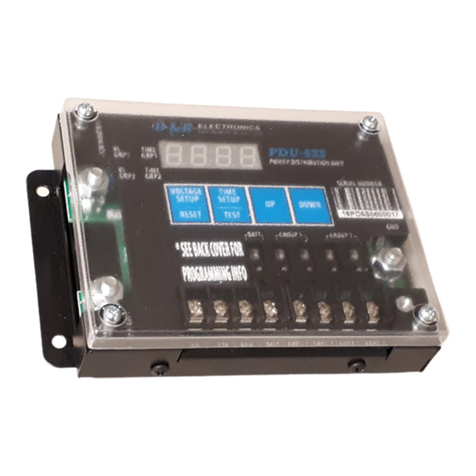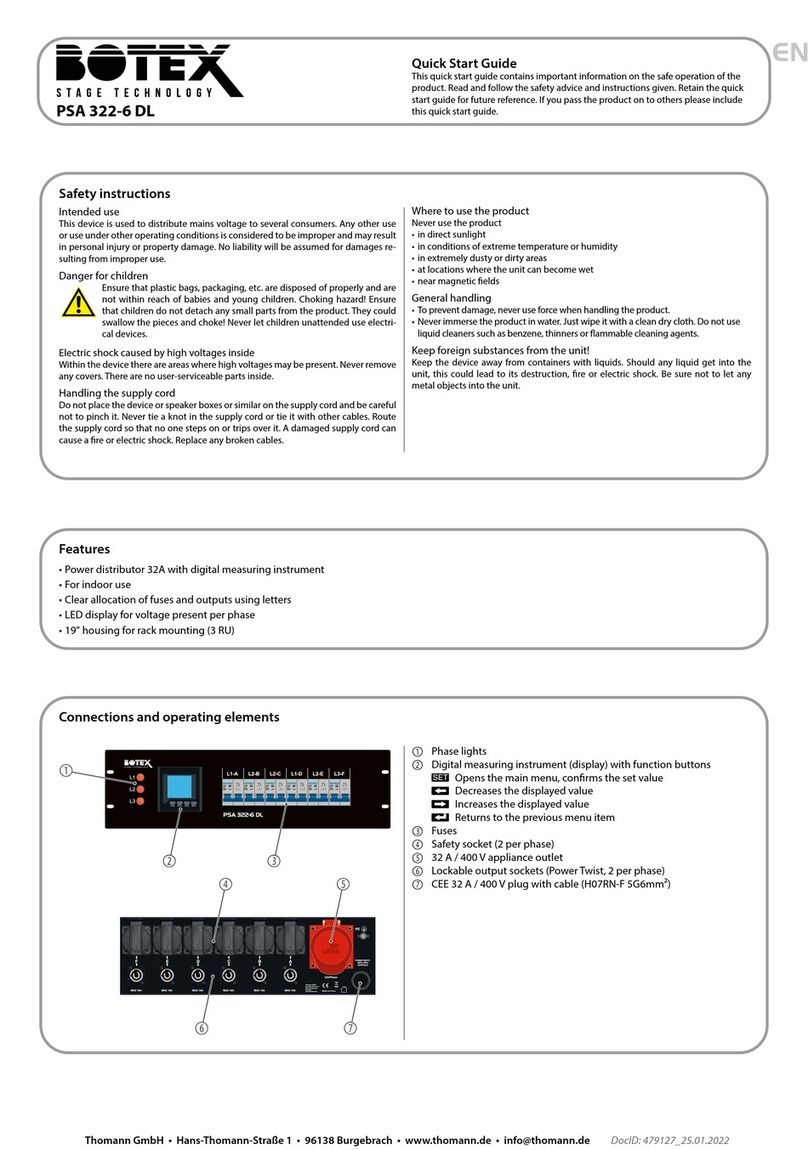
ii
SPM Synchronous Motor Protection & Control GE Power Management
TABLE OF CONTENTS
3.3.2 BRUSHLESS MOTOR REVIEW..............................................................3-17
3.3.3 STARTING THE BRUSHLESS MOTOR .................................................3-18
3.3.4 STALL PROTECTION ............................................................................. 3-19
3.3.5 POWER FACTOR (PULL-OUT) PROTECTION...................................... 3-19
3.3.6 POWER FACTOR REGULATION ........................................................... 3-19
4. USER INTERFACE 4.1 SPMPC SOFTWARE
4.1.1 DESCRIPTION .......................................................................................... 4-1
4.1.2 SPMPC INSTALLATION............................................................................ 4-2
4.1.3 CONFIGURATION.....................................................................................4-3
4.1.4 CREATING A NEW SETPOINT FILE........................................................ 4-4
4.1.5 EDITING A SETPOINT FILE ..................................................................... 4-5
4.1.6 LOADING SETPOINTS FROM A FILE......................................................4-6
4.1.7 UPGRADING SETPOINT FILES TO A NEW REVISION..........................4-7
4.1.8 PRINTING SETPOINTS & ACTUAL VALUES...........................................4-8
4.1.9 TRENDING ................................................................................................ 4-9
4.2 KEYPAD INTERFACE
4.2.1 DESCRIPTION ........................................................................................ 4-10
4.2.2 CHANGING SETPOINTS ........................................................................ 4-11
4.2.3 CHANGING CALIBRATION VALUES ..................................................... 4-12
4.2.4 CHANGING CONFIGURATIONS............................................................4-13
4.2.5 VIEWING & CHANGING STATUS MODE PARAMETERS.....................4-14
4.2.6 ALTERNATE MENU OPERATION..........................................................4-14
5. SETPOINTS 5.1 OVERVIEW
5.1.1 DESCRIPTION .......................................................................................... 5-1
5.2 SETPOINTS MENU
5.2.1 POWER FACTOR TRIP ............................................................................ 5-2
5.2.2 POWER FACTOR DELAY......................................................................... 5-2
5.2.3 POWER FACTOR SUPRESSION............................................................. 5-2
5.2.4 POWER FACTOR MODE.......................................................................... 5-3
5.2.5 FIELD APPLICATION RELAY DELAY ......................................................5-3
5.2.6 FIELD CONTACTOR AUXILIARY RELAY DELAY.................................... 5-3
5.2.7 AC CT PRIMARY RATING ........................................................................ 5-4
5.2.8 MOTOR FULL LOAD AMPS...................................................................... 5-4
5.2.9 MOTOR LOCKED ROTOR AMPS.............................................................5-4
5.2.10 SYNCHRONOUS SLIP.............................................................................. 5-5
5.2.11 STALL TIME .............................................................................................. 5-5
5.2.12 RUN TIME.................................................................................................. 5-5
5.2.13 DIRECT CURRENT CT PRIMARY RATING.............................................5-6
5.2.14 FIELD OVERTEMPERATURE (HIGH FIELD OHMS) PROTECTION.......5-7
5.2.15 FIELD UNDERCURRENT ......................................................................... 5-8
5.2.16 FIELD UNDERCURRENT DELAY.............................................................5-8
5.2.17 FIELD UNDERVOLTAGE.......................................................................... 5-8
5.2.18 FIELD UNDERVOLTAGE DELAY.............................................................5-9
5.2.19 INCOMPLETE SEQUENCE DELAY..........................................................5-9
5.3 OPTIONAL POWER FACTOR REGULATION SETPOINTS
5.3.1 DESCRIPTION ........................................................................................ 5-10
5.3.2 POWER FACTOR REGULATOR ............................................................5-10
5.3.3 REGULATOR GAIN.................................................................................5-10
5.3.4 STABILITY............................................................................................... 5-10
5.3.5 REGULATOR OUTPUT LIMIT................................................................. 5-11

